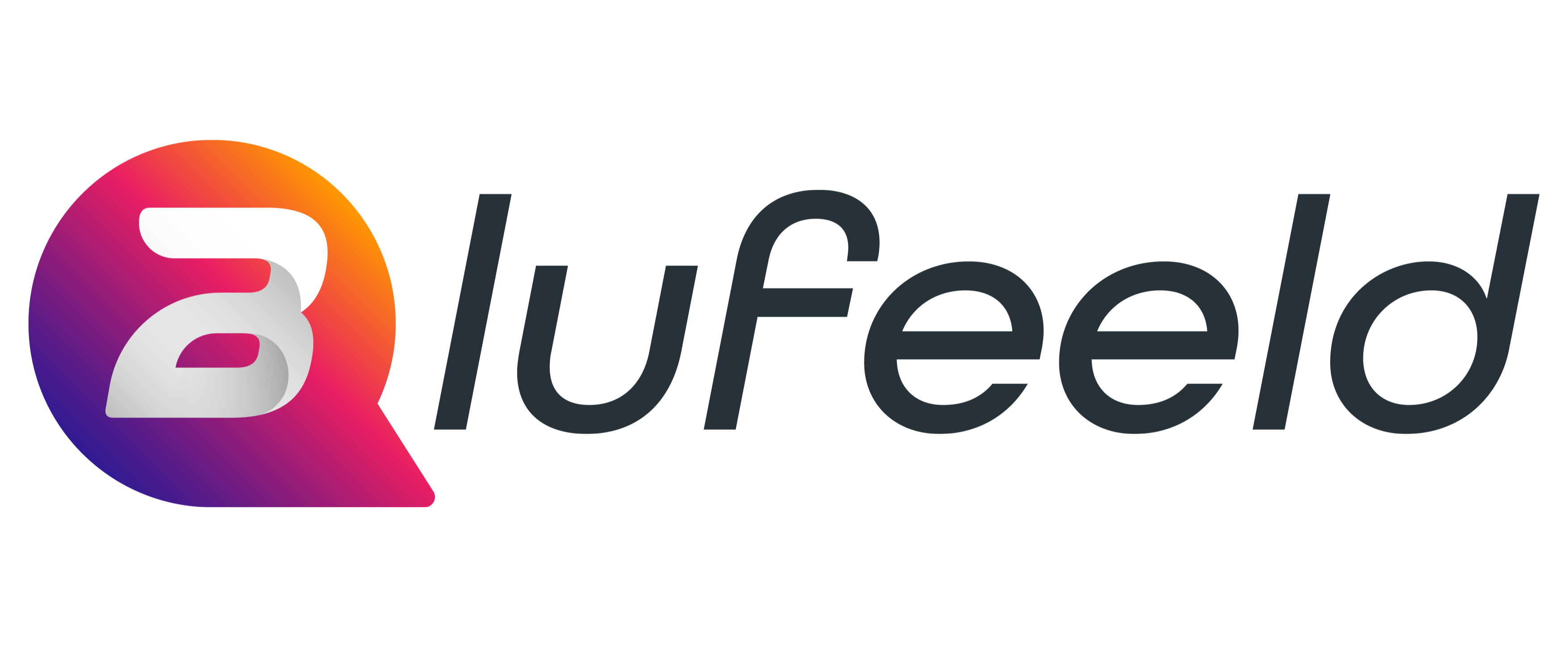Cloud Computing in Dentistry (Part-2)
Transforming Business Costs
Following our exploration of how cloud solutions affect dental practice workflows, let’s now examine their impact on business costs. Cloud-based technologies are reshaping the financial landscape of dental practices, offering new opportunities for cost management and financial flexibility.

The Financial Shift with Cloud-Based Dental Software
The transition from traditional on-premises systems to cloud-based solutions has significant implications for a dental practice’s financial structure and overall costs.
Impact on Business Costs
- Reduced Initial Investment
- Lower Upfront Costs: Cloud solutions typically require less initial capital investment compared to traditional software systems. There’s no need to purchase expensive servers or extensive on-site hardware.
- Subscription-Based Model: Many cloud services operate on a pay-as-you-go model, allowing practices to spread costs over time rather than making large upfront purchases. This can improve cash flow management.
- Scalability and Flexibility
- Pay for What You Use: Cloud services often allow practices to scale their usage up or down as needed, potentially reducing costs during slower periods or for smaller practices.
- Easy Expansion: As practices grow, cloud solutions can be easily scaled without significant additional investment in hardware or infrastructure. This makes expansion more cost-effective.
- Energy Savings
- Reduced On-Site Hardware: With less need for on-premises servers and equipment, practices can see a reduction in energy consumption and associated costs. This not only lowers utility bills but also aligns with environmentally friendly practices.
- Improved Efficiency Leading to Cost Savings
- Streamlined Workflows: Cloud solutions often lead to more efficient processes, potentially reducing labor costs and improving productivity. Time saved on administrative tasks can be redirected to patient care or practice growth initiatives.
- Reduced Paper Usage: Many cloud-based systems facilitate paperless operations, cutting costs associated with paper, printing, and physical storage.
- Predictable Expenses
- Subscription-Based Pricing: Cloud services often offer predictable monthly or annual fees, making it easier for practices to budget for IT expenses.
- Reduced Unexpected Costs: With the cloud provider handling maintenance and updates, practices are less likely to face unexpected IT expenses that can disrupt financial planning.
- Potential for Increased Revenue
- Improved Patient Experience: Cloud-based solutions often enhance patient engagement and satisfaction, potentially leading to better patient retention and referrals.
- Efficient Scheduling and Billing: Cloud systems can help reduce missed appointments and streamline billing processes, potentially improving the practice’s revenue cycle.
- Cost-Effective Access to Advanced Technology
- Enterprise-Level Capabilities: Cloud providers can offer advanced technologies at lower costs due to economies of scale, giving small and medium-sized practices access to capabilities that were once only available to larger organizations.
- Automatic Updates: Most cloud services include regular updates in their subscription costs, ensuring practices always have access to the latest features without additional fees.
Considerations
While cloud solutions offer many potential cost benefits, it’s important to consider:
- Long-term costs: Over time, subscription fees may exceed the cost of a one-time software purchase.
- Internet dependency: Reliable, high-speed internet is crucial, which may incur additional costs.
- Data migration: There may be costs associated with transitioning from existing systems to cloud solutions.
Conclusion
The adoption of cloud-based solutions in dentistry has significantly impacted business costs, often in favor of dental practices. By reducing initial investments, offering scalable solutions, and providing more predictable IT expenses, cloud solutions have made advanced technology more accessible to dental practices of all sizes.
However, the exact financial impact can vary depending on factors such as practice size, existing infrastructure, and specific cloud service chosen. Practices considering a move to the cloud should conduct a thorough cost-benefit analysis, taking into account both immediate and long-term financial implications.
As cloud technology continues to evolve, we can expect further innovations that may drive down costs and improve efficiencies. By carefully evaluating and adopting cloud solutions, dental practices can potentially optimize their overall expenses while gaining access to advanced technologies that can improve patient care and practice management.








